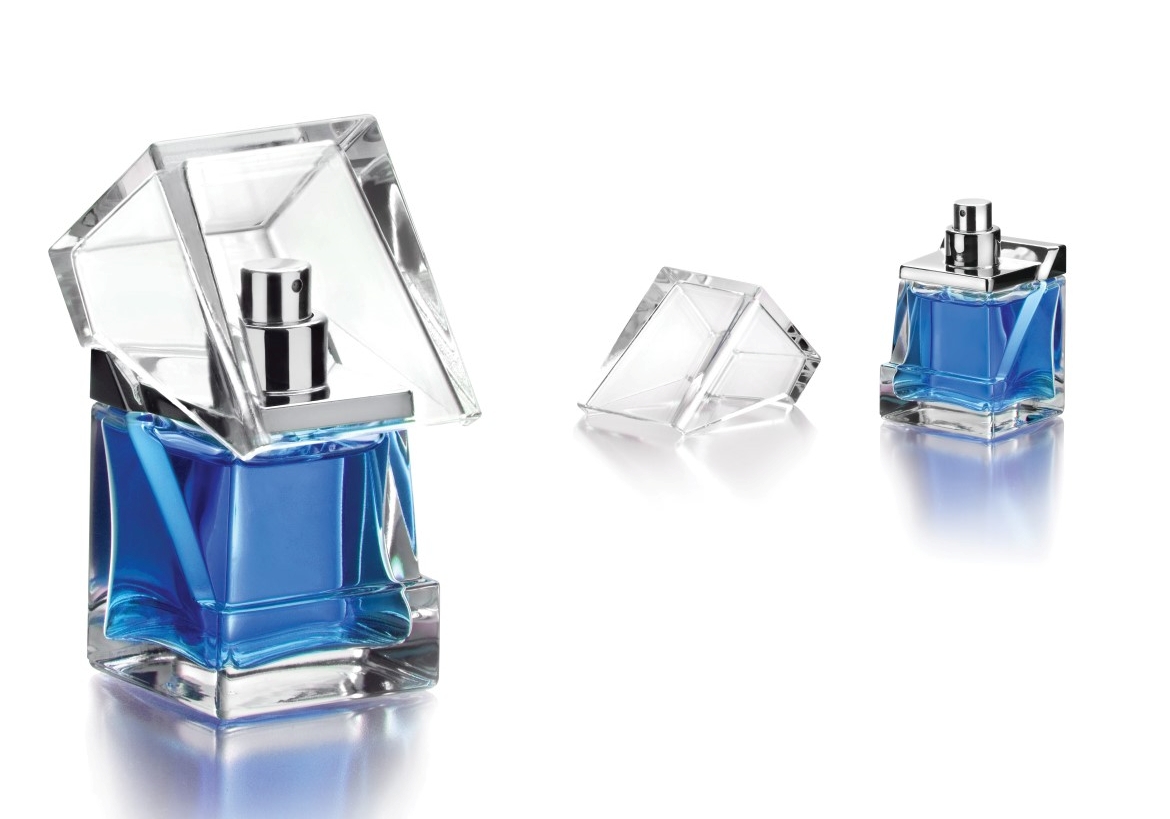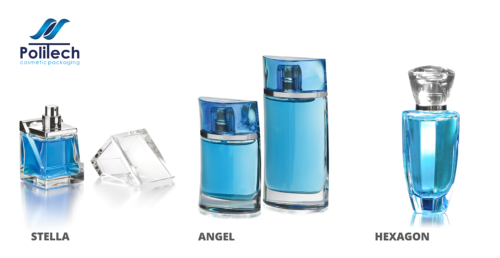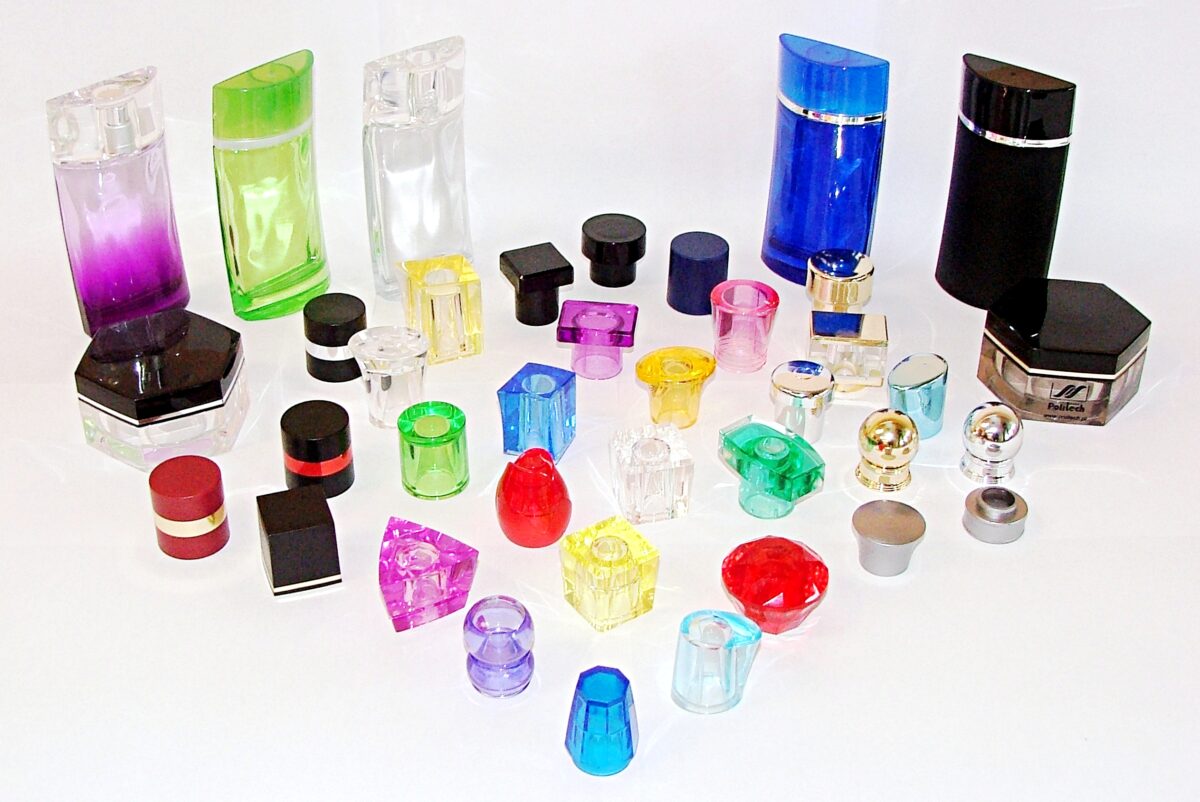
In the 1980s, international corporations began to consider the best options for acquiring semi-finished products. At that time, it concerned mainly car factories that were established outside the native countries. Companies wondered whether the car assembly plant should be provided only by a proven supplier from their country, or should they transfer some responsibility for the production of components to local manufacturers. The situation is similar today in the perfumery industry, where fragrance manufacturers are wondering whether to obtain all packaging elements from one producer or divide the process accordingly.
Single Sourcing, Multiple Sourcing, Cross Sourcing and Dual Sourcing
For almost 40 years we have been trying to analyze the issues of distribution of suppliers in a scientific way. Since then, numerous terms have been appearing in marketing to describe the types of approach to this issue. The two main ones are Single Sourcing and Multiple Sourcing – strategies that involve one or many suppliers. With time, however, companies began to notice that these areas can be mixed and different solutions can be used to acquire various goods. This is how Cross Sourcing and Dual Sourcing were created. Of all these solutions, we are most interested in the first one and we will look at its advantages and disadvantages below.
Single Sourcing – one proven supplier
What is worth mentioning Single Sourcing concerns the choice of one supplier for one sector not one supplier for all company’s needs. What does it mean? Single Sourcing is not making the entire enterprise dependent on one supplier in 100%, but only establishing one manufacturer for one sector of the company’s operations. For example, a perfume manufacturer will acquire all packaging elements from one source, but all fragrance essences, perfume ingredients from another single manufacturer. One supplier per one supply sector.
What are the pros of this solution? First of all, if we decide to have one supplier, it means that we are sure of its production capabilities and timeliness of deliveries. Most often, between such companies, there is a long-term relationships and trust which allows to run businesses more easily.
In addition, when ordering a product from one supplier, the volume of this order increases as it is not divided into several manufacturers. Thanks to larger orders, you can negotiate prices more effectively, and your orders become priority for the producers. The situation is similar, when you order more than one semi-product. For example, you order full set. The supplier is now assured of work on many levels of his business and he treats such orders with the utmost seriousness.
With this type of orders, high transport costs go away – normalny high ocsts because of numerous deliveries from many sources. With one supplier, the transport is cumulative and a set of needed goods is delivered at one time. Constant cooperation allows to achieve the lowest production costs, the highest efficiency and the best quality. On the other hand, the value and relationships developed over many years remain priceless!
Risk diversification
The main argument of the opponents of Single Sourcing is the need to diversification of the risk. It assumes that in the event of a problem in cooperation with one contractor, we have at least partial deliveries from other manufacturers. This approach is well known in the world of finance, where risk is reduced by placing savings or investing money in various assets and sectors so we cannot lose all of them if one sector fall.
This is a very reasonable approach, but definitely more sensible in the financial branch than in production and in the supply chain. Here, apart from considering financial losses, it is also important to meet final Customer expectations. Separating production into several sectors equals putting it into untested hands. In addition, transport costs increase, so-called carbon footprint grows, and the demand for employees handling the production processes, transport, quality control etc. Increases.
Examples of complete perfumery packaging
The situation is no different in the perfume industry. Fragrance producers most often obtain glass bottles, atomizers, ring caps, caps, cartons and fragrance essences from various sources.
Often, however, companies in this industry are only the originators of fragrances and brand owners, which means that filling the bottles and closing it are handed over to subcontractors. This situation multiplies the work, documentation and necessary supervision.
Therefore, to relieve perfume producers of some of these responsibilities, Politech also offers complete perfumery packaging. In one place, one time, one transport, you can order three Politech sets: bottles, rings, cache pump and atomizer.
Politech sets are known for their unique form named Angel, Stella and Hexagon. The choice of these products can of course be varied by decorating with methods of – coloration, UV lacquering or vacuum metallization. It is also worth emphasizing that Politech perfumery sets are award-winning packaging in the most prestigious design competitions.
So if you are wondering why your company is flooded with a sea of documentation and supervising work, it may be time to think about choosing Politech as your main and proven supplier!
Powrót do listy artykułów








